Genetic Brain-Mapping of Autism.
The Brain Initiative is combining neuroscience with nanotechnology in the world’s biggest project to understand the mind. By Katharine Sanderson.

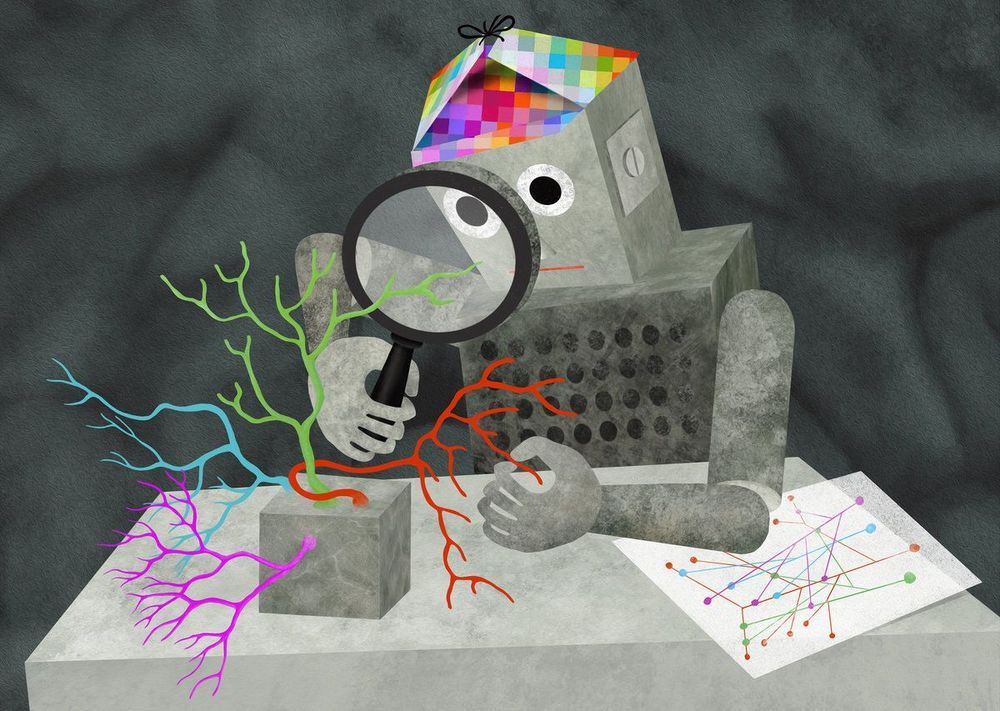
Is it possible to understand the brain? Science is still far from answering this question. However, since researchers have started training artificial intelligence on neurobiological analyses, it seems at least possible to reconstruct the cellular structure of a brain. New artificial neural networks developed by the Max Planck Institute of Neurobiology and Google AI can now even recognize and classify nerve cells independently based on their appearance.
The human brain consists of about 86 billion nerve cells and about as many glial cells. In addition, there are about 100 trillion connections between the nerve cells alone. While mapping all the connections of a human brain remains out of reach, scientists have started to address the problem on a smaller scale. Through the development of serial block-face scanning electron microscopy, all cells and connections of a particular brain area can now be automatically surveyed and displayed in a three-dimensional image.
“It can take several months to survey a 0.3 mm piece of brain under an electron microscope,” says Philipp Schubert, doctoral student in Winfried Denk’s Department at the Max Planck Institute of Neurobiology. “Depending on the size of the brain, this seems like a lot of time for a tiny piece. But even this contains thousands of cells.” Such a data set would also require almost 100 terabytes of storage space. However, it is not the collection and storage but rather the data analysis that is the difficult part.

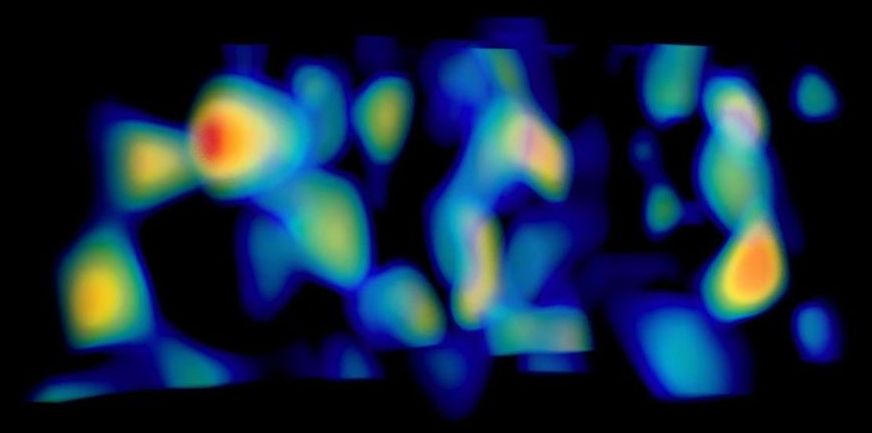
Combining Einstein’s theory of relativity with one of the most powerful telescopes in the world has helped an international team of researchers measure where and how dark matter structures grow in the universe. Their analysis suggests cosmic structures might be evolving more slowly than previously predicted.

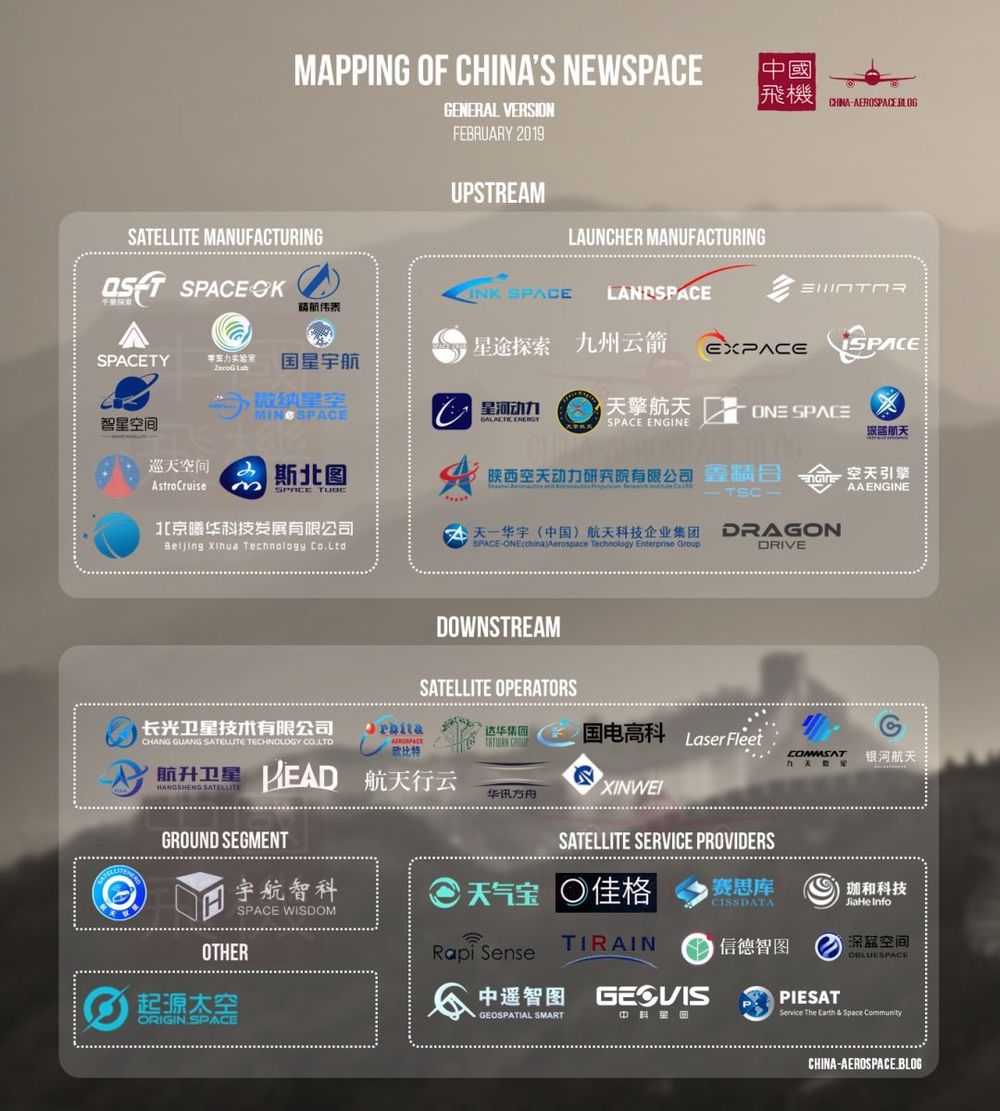
Chinese space has been a very hot topic in recent years. Other than the impressive space exploration missions (Tiangong, Chang’e…), the interest for China is also due to the recent opening up of this industry to private investments, which has led to a leap in the number of space start-ups. These start-ups, supported by venture capital heavy-weights are covering the entire space industrial chain: launchers, satellite platforms, satellite subsystems, satellite services, ground segment, etc.
The number of space start-ups on the other hand, is a debated question. Chen Lan estimated in November 2018 that there were over 100 Chinese space start-ups [1]. FutureAerospace, a Beijing-based think-tank, sets the number at around 60, at the same period [2]. Other space watchers have suggested 80 such as in [3]. However, how this count is made is rarely detailed (how do we define a “NewSpace company”?), and very few lists are available at the time of writing, if any. Up to now, only Disrupt Space, a start-up which plans to build a global space entrepreneurial community, has undertaken the establishment of a list, which sets the count at 35 Chinese space start-ups (see map below).
 Fig. 1 – Disrupt Space’s Chinese Space Start-up Mapping in November 2018 [4]
Fig. 1 – Disrupt Space’s Chinese Space Start-up Mapping in November 2018 [4]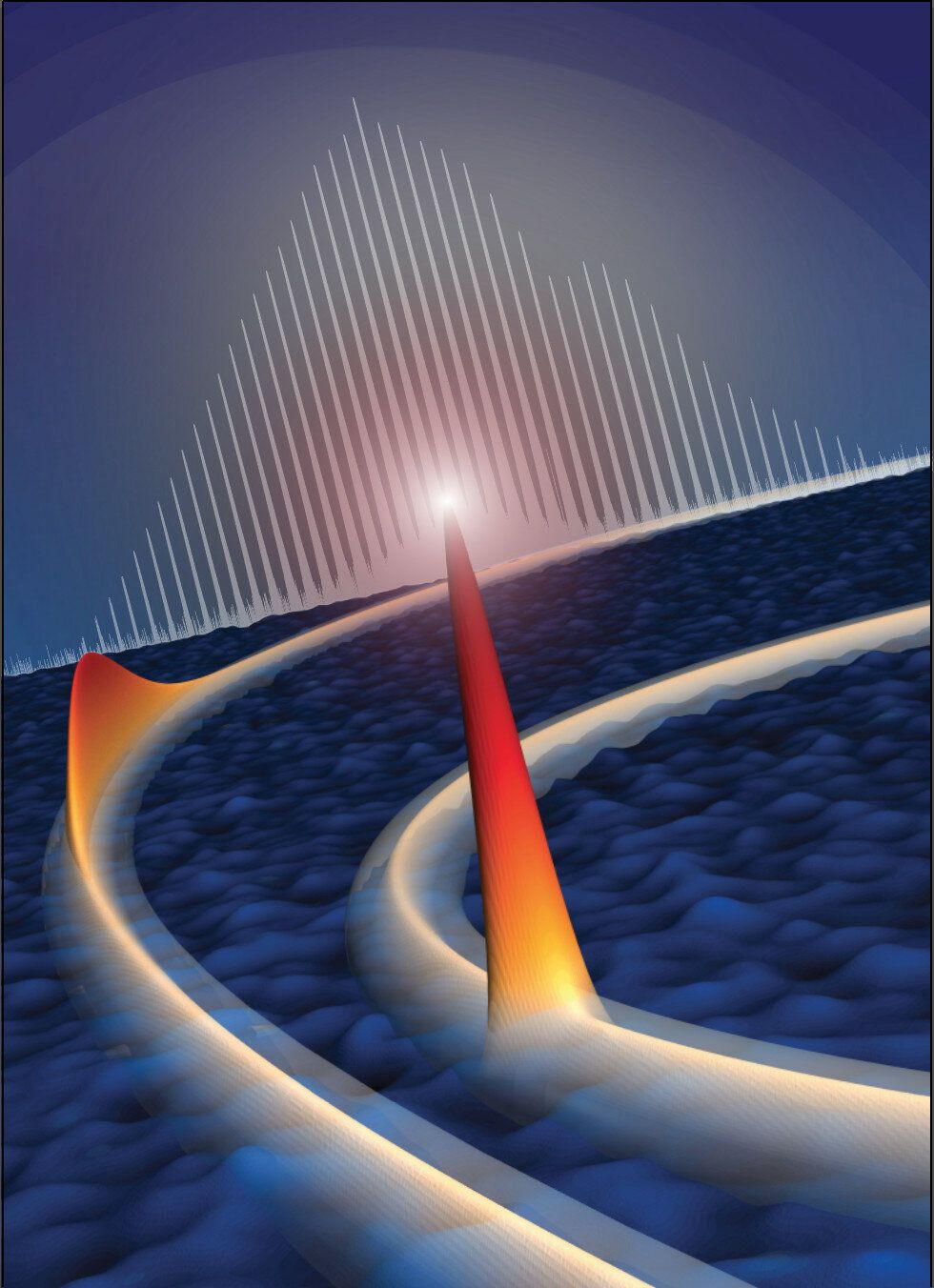
Scientists in the Emergent Photonics Lab (EPic Lab) at the University of Sussex have made a breakthrough to a crucial element of an atomic clock—devices which could reduce our reliance on satellite mapping in the future—using cutting-edge laser beam technology. Their development greatly improves the efficiency of the lancet (which in a traditional clock is responsible for counting), by 80% — something which scientists around the world have been racing to achieve.
Currently, the UK is reliant on the US and the EU for the satellite mapping that many of us have on our phones and in our cars. That makes us vulnerable not only to the whims of international politics, but also to the availability of satellite signal.
Dr. Alessia Pasquazi from the EPic Lab in the School of Mathematical and Physical Sciences at the University of Sussex explains the breakthrough: With a portable atomic clock, an ambulance, for example, will be able to still access their mapping whilst in a tunnel, and a commuter will be able to plan their route whilst on the underground or without mobile phone signal in the countryside. Portable atomic clocks would work on an extremely accurate form of geo-mapping, enabling access to your location and planned route without the need for satellite signal.

Don’t look now, but Earth is being bombarded with mysterious, invisible light. Among the typical array of radio signals and microwaves cast out by distant stars, black holes and other celestial bodies, there exists a brand of intergalactic light that consistently boggles scientists’ minds — and their instruments. These signals are known as fast radio bursts (FRBs). These ultrastrong, ultrabright radio signals last only a few milliseconds and are thought to originate from billions of light-years away, though their precise source is unknown. (Aliens have not been ruled out.)
The mystery is partially owed to a lack of data; since astronomers first discovered FRBs in 2007, only about 60 have been observed. Now, those numbers are growing fast. According to two new papers published Jan. 9 in the journal Nature, scientists working at the CHIME (Canadian Hydrogen Intensity Mapping Experiment) radio telescope in the hills of British Columbia have detected 13 new FRBs in just a two-month span. Among these newly captured signals are seven bursts that registered at 400 megahertz — the lowest FRB frequency detected so far — and, for only the second time ever, an FRB that flashed repeatedly, six times in a row.
“Until now, there was only one known repeating FRB,” Ingrid Stairs, a member of the CHIME team and an astrophysicist at the University of British Columbia, said in a statement. “With more repeaters and more sources available for study, we may be able to understand these cosmic puzzles — where they’re from and what causes them.”

To make a regular car go faster on the track, you can add go-fast components like a turbocharger or better fuel, or improve handling components like brakes and tires. Carmakers can also make a dizzying amount of software tweaks to everything from the stability and traction control systems to throttle mapping and how much fuel gets into the engine.
But with an electric car, the software is the star of the show. Code controls everything. That’s why Tesla can introduce Track Mode to the Model 3 with a software download, unlocking new features designed to get the electric sports sedan around a track faster than before.
On something like the BMW M5, putting the car in Sport Mode adjusts a dizzying array of settings for throttle response, transmission, chassis, steering, stability control, and whether the car operates in all- or rear-wheel drive.
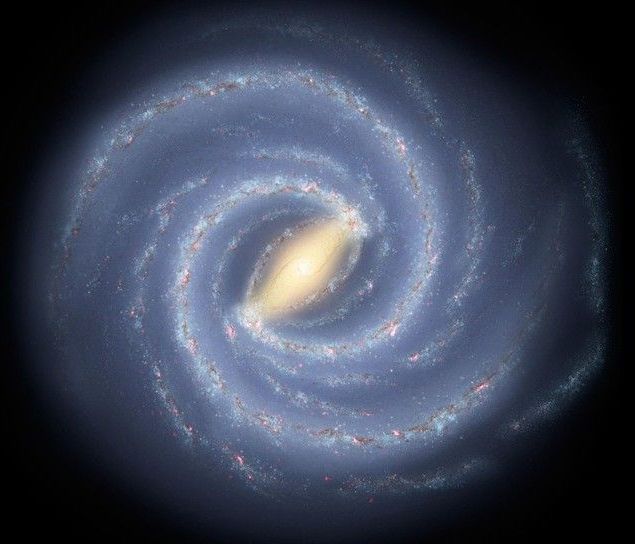
It’s even more fascinating than we thought.
The Milky Way looks nothing like the flat space pancake it is usually depicted as. The newly-created and most accurate 3D map of our galaxy reveals that it’s warped and twisted, and even more fascinating.
A group of astronomers from Australia and China have built their “intuitive and accurate three-dimensional picture” by mapping the so-called “classical Cepheids.”
Burning their fuel quickly, those pulsating stars that live fast and die young are 100,000 times brighter than the Sun. The combination of their pulsation periods and known luminosity allowed the scientists to determine their location with the high accuracy of between 3 to 5 percent.